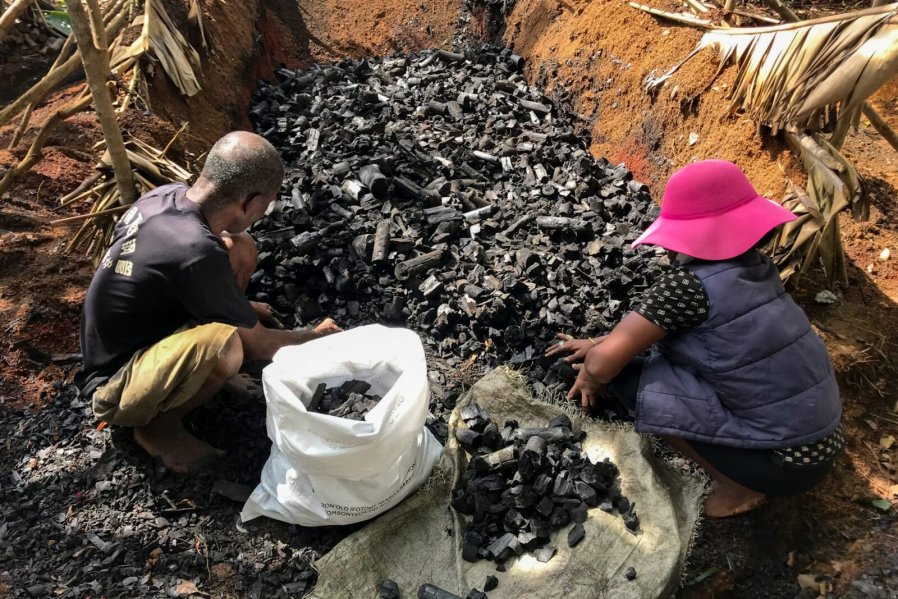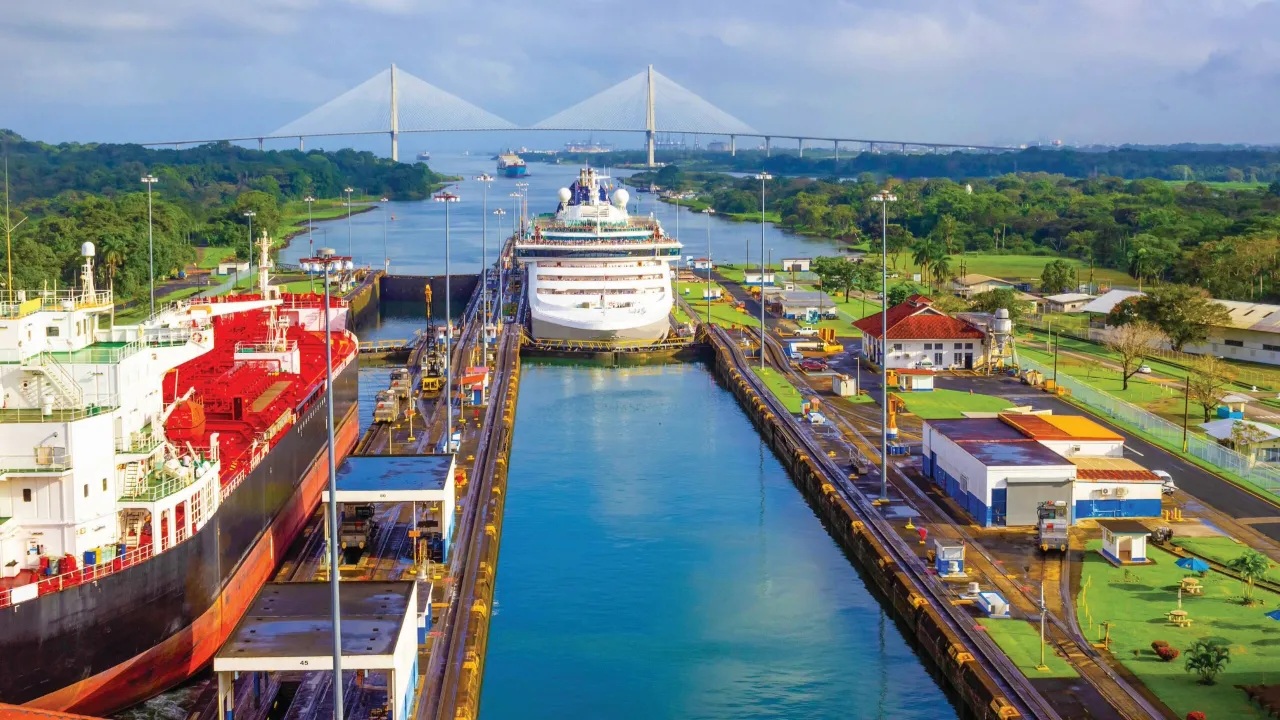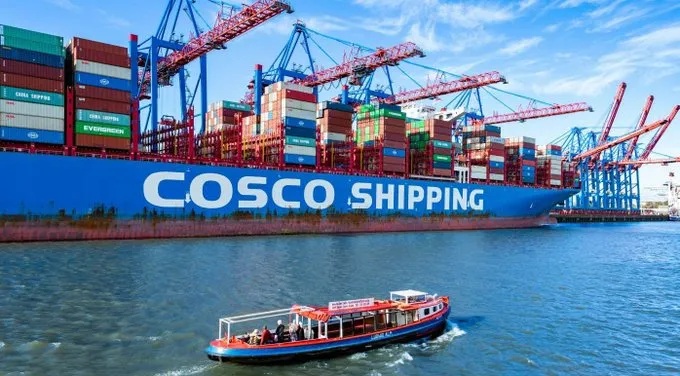‘Mangrove Charcoal’: Environmental Awareness in Panama

The production of “mangrove charcoal” in Panama, generated by cutting and burning this tree, has attempted in recent years to gain environmental awareness after artisanal workers started reforestation programs to recover the deforested areas.
“We know we are doing damage. If we just cut down and don’t plant, there won’t be any (mangroves). That is a barrier because if a tsunami or a wave comes, (the mangrove) will protect us and when it gets here it is already weak,” Marvin Rodríguez expresses, who has been creating this artisanal charcoal since he was a child.
For years, the mangrove has been a protected species in Panama, the Central American country with the largest extension of this tree thanks to the fact that it has a variety of 12 different species on its Atlantic and Pacific coasts out of a total of more than 60 known on the American continent.
Specifically, the country has approximately 170,000 hectares of mangroves on both coasts, but with a higher percentage on the Pacific coasts due to the country’s geomorphological and geological conditions, coastal wetland specialists have pointed out.
Mangroves play a fundamental role in everything related to the protection of the coastline and in controlling pollution. They are a key ecosystem and habitat for various marine species. And, according to various studies, they are also a natural barrier to mitigate the climate crisis.
But making charcoal from mangroves is not environmentally friendly, and until a few years ago it was not accompanied by reforestation programs, in addition to being associated with a high incidence of respiratory problems caused by the smoke from the ovens.
It is not an easy task either: you have to go out and cut the mangroves, move the logs and finally put them inside the oven that will burn for 5 or 6 days, until the wood turns into charcoal. It also takes place in an area that is – in theory – protected. However, it represents an economic source for the communities.

In the port of Espavé, a small town 80 kilometers west of Panama City , the community has long relied on “mangrove charcoal,” a type of artisanal product extracted after cutting down mangroves, a key tree for the environmental sustainability of rivers and seas.
“I’m surviving on charcoal as long as I can find a job. When I get a job, I’ll go there because it’s difficult to do so here,” says Rodriguez, who estimates that he can sell a sack of mangrove charcoal for four dollars.
In addition to doing this “hard” process, as he defines it, Rodríguez also plants mangroves as a way to reforest the “damage” he does to nature. He remembers that he acquired this practice of restoring deforested areas at school, and over time he has spread this environmental awareness to his classmates.
“Sometimes the village group would say one day a month (or) once (every) two months (to) go out to reforest,” explains the 28-year-old charcoal maker, who lost count of the mangroves planted this year.
The protection of mangroves is one of the intense struggles of environmentalists in Panama. They are even currently opposing a controversial port project with foreign investment that will be built in the Pacific of Panama, near the border with Costa Rica, because, they claim, it is a protected area for this tree.
But it is also a government struggle. Just last Friday, the Ministry of Environment of Panama and the NGO Worldview International Foundation (WIF) signed an agreement to restore “degraded” mangroves through reforestation activities, scientific monitoring and the participation of local communities “with a view to generating environmental and economic benefits for coastal areas.”
“This alliance with WIF will not only allow us to restore our ecosystems, but also guarantee sustainable development for coastal communities, where approximately 85% of the population is on the Pacific coast and the rest in the Caribbean,” said the Minister of Environment, environmentalist Juan Carlos Navarro.
Panama is also taking steps to accurately measure blue carbon in mangroves, a key element in mitigating climate change, the Smithsonian Tropical Research Institute (STRI) reported in May.





